
Sugaring vs Waxing: Why Sugaring Is Better for Sensitive Skin and Ingrown-Prone Areas
Sugaring and waxing are both professional hair removal methods, but they don’t work the same way—and they don’t feel the same on the skin. If you’ve avoided waxing because of sensitivity, irritation, or ingrown hairs, you may be relieved to learn that sugaring can be a gentler alternative.
This guide explains what sugaring is, how it works, how it compares to waxing, and why many people with dry, reactive, or ingrown-prone skin prefer it.
What Is Sugaring?
Sugaring is a hair removal method that uses a paste made from simple ingredients: sugar, water, and lemon juice. The paste is soft, pliable, and used at body temperature, which reduces the risk of heat irritation or burns.
Sugaring is considered one of the oldest forms of hair removal, with roots in Middle Eastern beauty rituals. Today, it’s widely practiced in waxing studios and salons that specialize in sensitive-skin services.
How Sugaring Works
Sugaring paste is applied against the direction of hair growth and then removed in the same direction the hair naturally grows.
This matters because removing hair with the grain helps:
-
Pull hair from the follicle instead of breaking it at the surface
-
Reduce irritation and redness
-
Lower the risk of ingrown hairs
-
Make regrowth feel softer and slower over time
Sugaring paste adheres primarily to hair and dead skin cells, not live skin. This allows for gentle exfoliation without removing healthy skin.
Sugaring vs. Waxing: Key Differences
| Feature | Sugaring | Waxing |
|---|---|---|
| Composition | Sugar, water, lemon | Resin, oils, synthetic additives |
| Temperature | Body temperature | Can be heated and may burn if too hot |
| Skin adhesion | Adheres to hair + dead skin cells | Adheres to hair + live skin cells |
| Removal direction | With the hair growth | Against the hair growth |
| Result on skin | Gentle exfoliation, less irritation | Higher chance of redness, sensitivity, and ingrowns |
Because sugaring works with the body instead of against it, many clients with sensitive skin or bikini-line irritation report a more comfortable experience.
Why Sugaring Helps Reduce Ingrown Hairs
Ingrown hairs occur when new hair grows back and becomes trapped under dead skin or is broken at the surface instead of removed from the root.
Sugaring helps reduce ingrowns because it:
-
Removes the hair fully from the follicle
-
Minimizes breakage at the surface
-
Gently exfoliates while removing hair
However, post-service care is still essential. Even with gentler hair removal, the skin needs both exfoliation and moisture to stay smooth between appointments.
What to Use After Sugaring (Simple Routine)
To maintain results and prevent ingrown hairs:
| Routine Step | Timing | Why It Matters |
|---|---|---|
| Rest the skin | First 24–48 hours | Allows follicles to settle and reduces irritation |
| Begin exfoliation | 2–3 days post-service | Prevents buildup and trapped hairs |
| Moisturize daily | Ongoing | Keeps skin flexible so hair can grow through easily |
This is where gentle sugar scrubs and lightweight body oils are especially helpful.
Expert Insight: A Conversation with Sugaring Specialist Ariel Lowell
We asked Ariel Lowell, owner of Bloom Sugaring in Los Angeles, to share her perspective on sugaring and client results.
Q: What initially brought you to sugaring?
A: Sugaring actually found me. I tried it by accident, fell in love with how gentle it was, and eventually built my practice around it. I discovered how effective it was for clients who struggled with sensitivity or irritation.
Q: Who is sugaring best for?
A: Truly everyone. But especially those who experience redness, ingrowns, dry skin, or irritation from waxing. Sugar is simply less aggressive on the skin.
Q: How does sugaring differ from waxing during the service?
A: Sugar adheres to hair and dead skin, while wax adheres to hair and live skin cells. Sugaring works at body temperature and removes hair in the direction of growth, making it gentler overall.
Q: What aftercare products work best for maintaining results?
A: Exfoliation and moisture are key. A gentle sugar-based exfoliant and a lightweight soothing oil help prevent ingrowns and keep skin soft.
Should You Try Sugaring?
If you’ve avoided waxing due to:
-
Sensitivity
-
Redness
-
Ingrown hairs
-
Dry or reactive skin
Sugaring is a gentle, effective alternative that removes hair from the root while supporting the skin barrier.

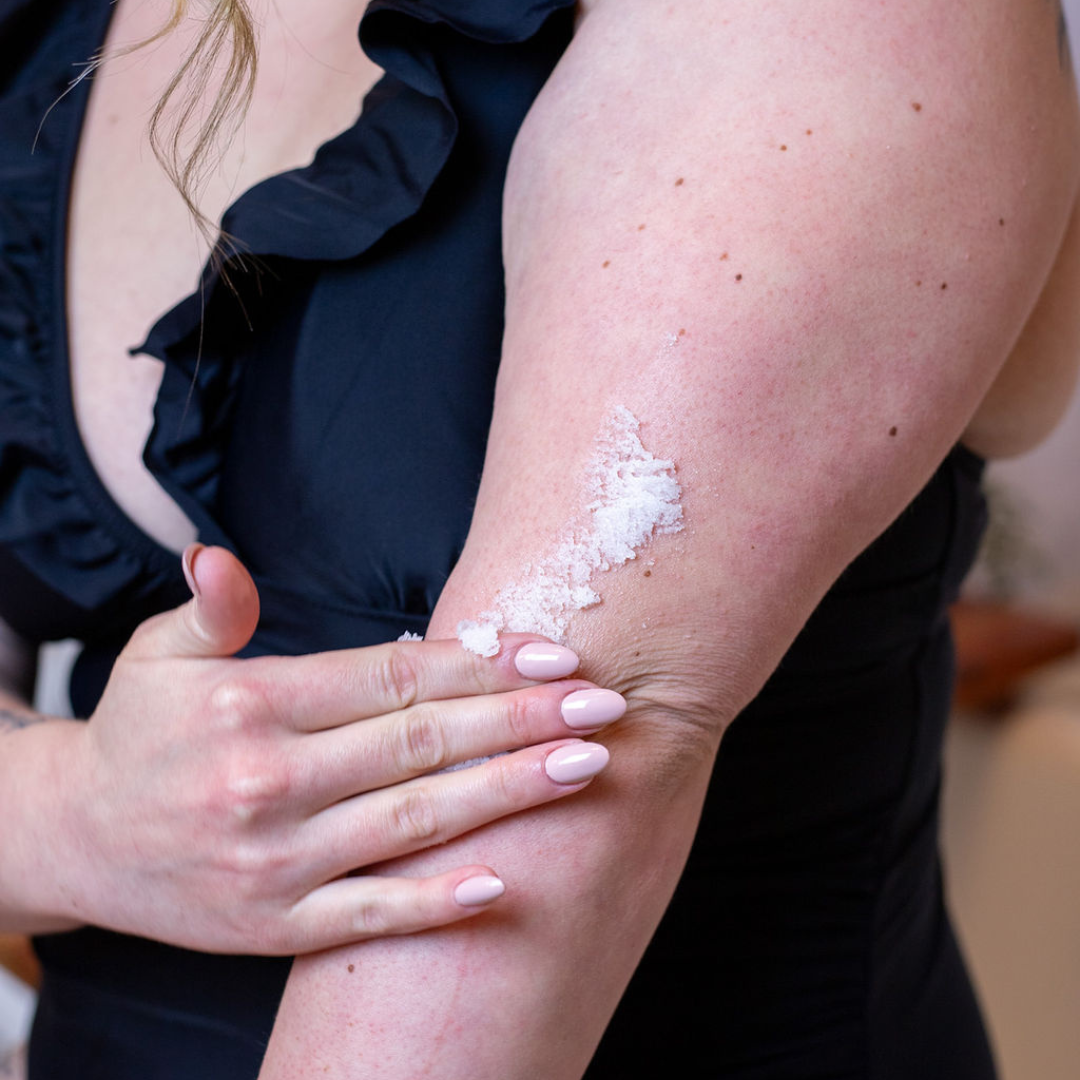
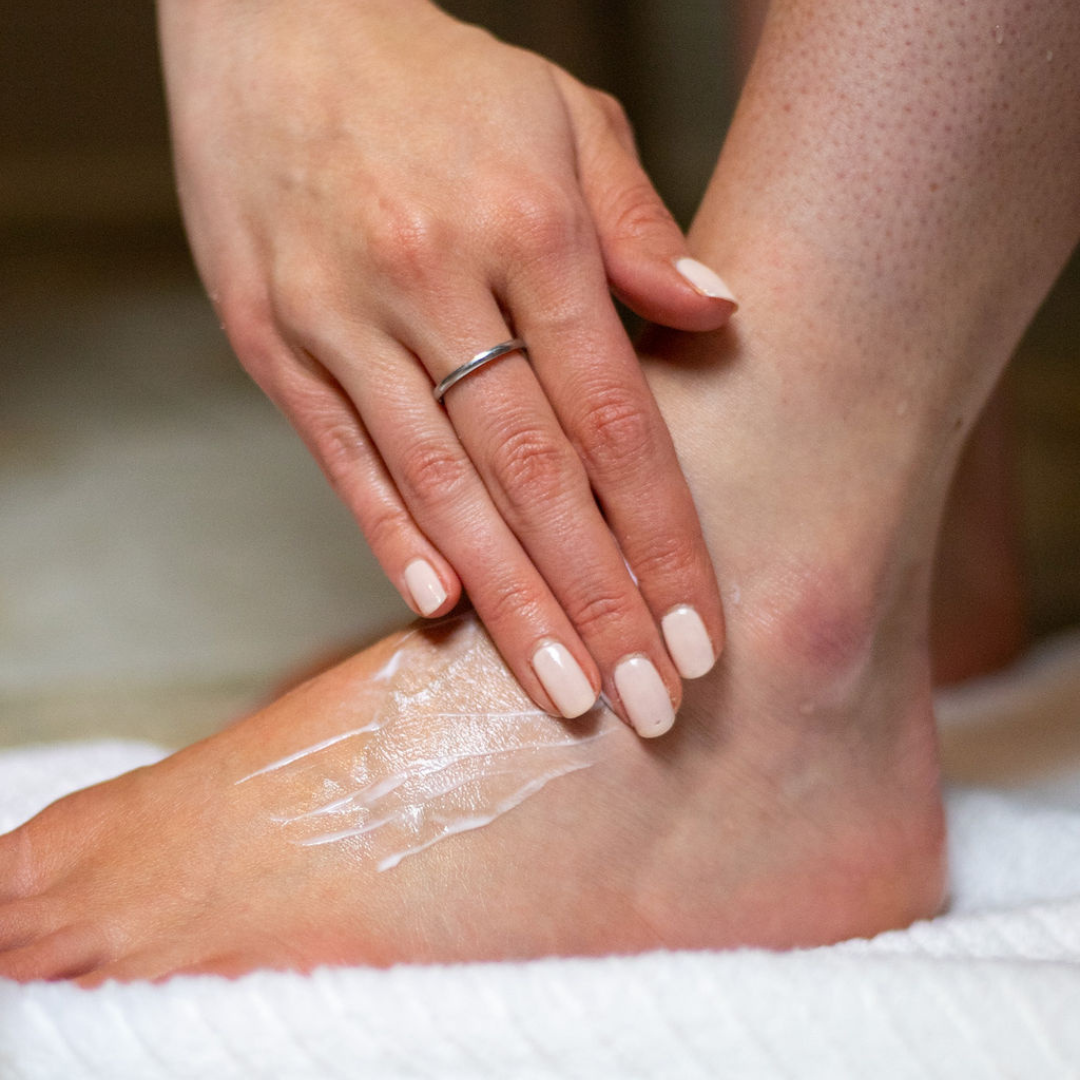
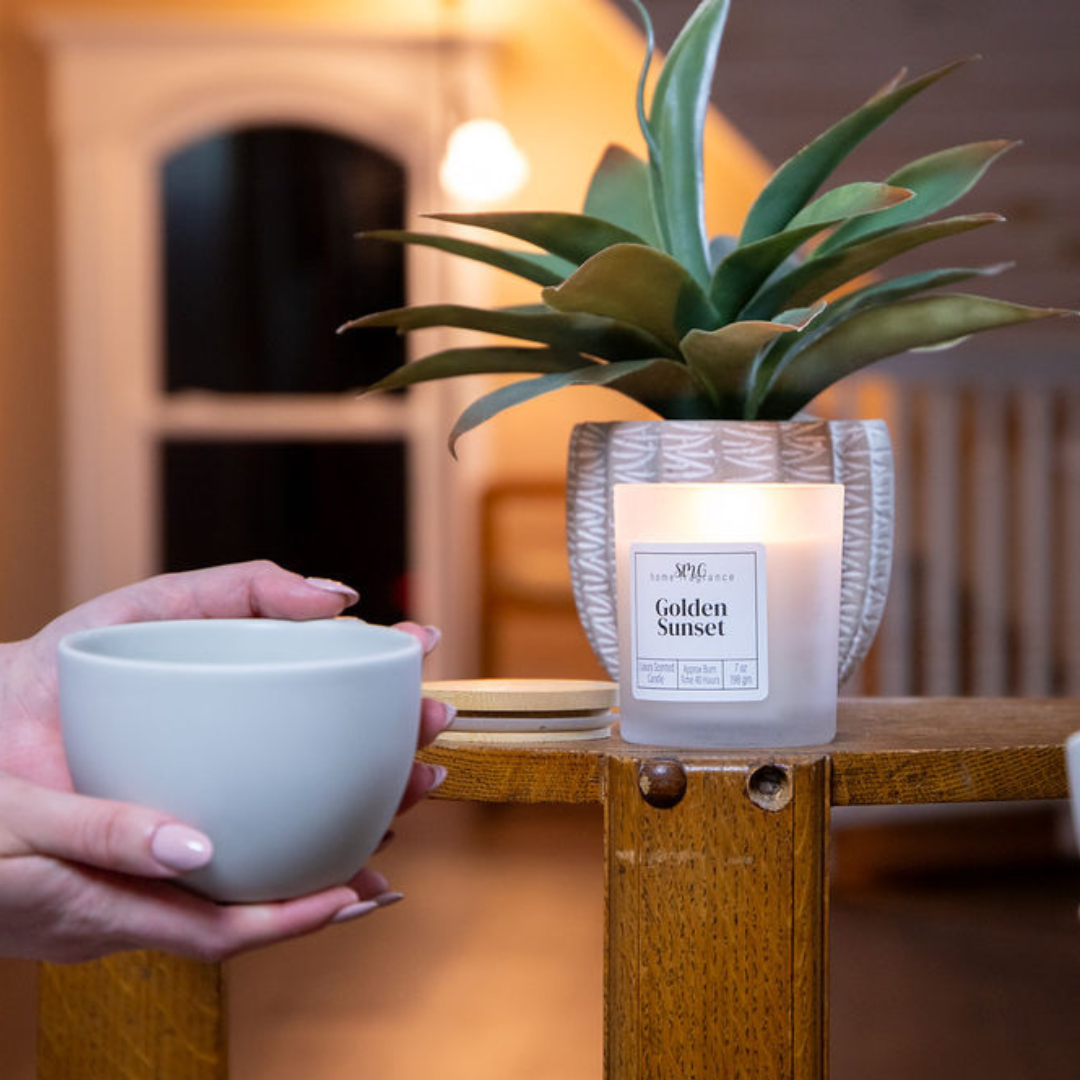
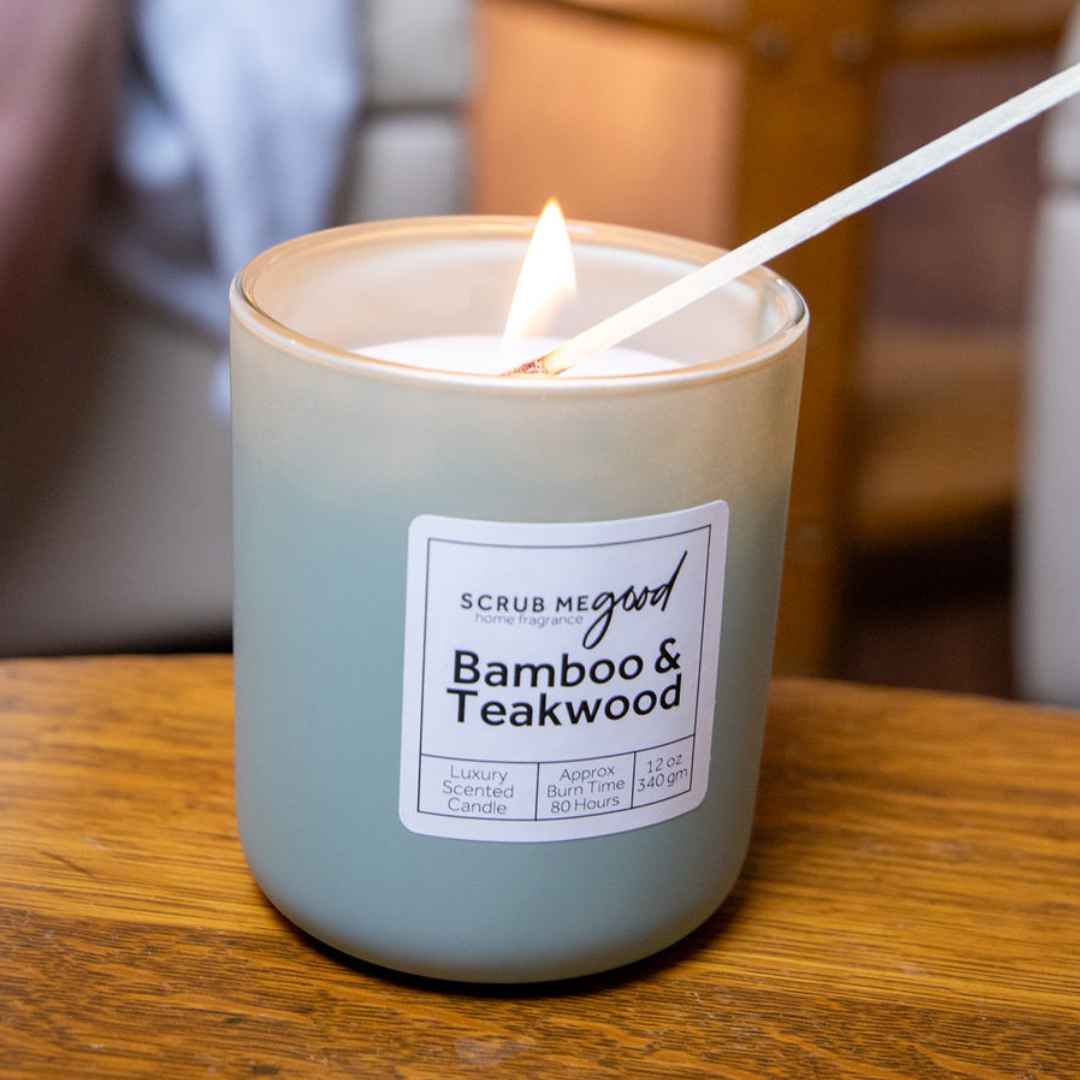
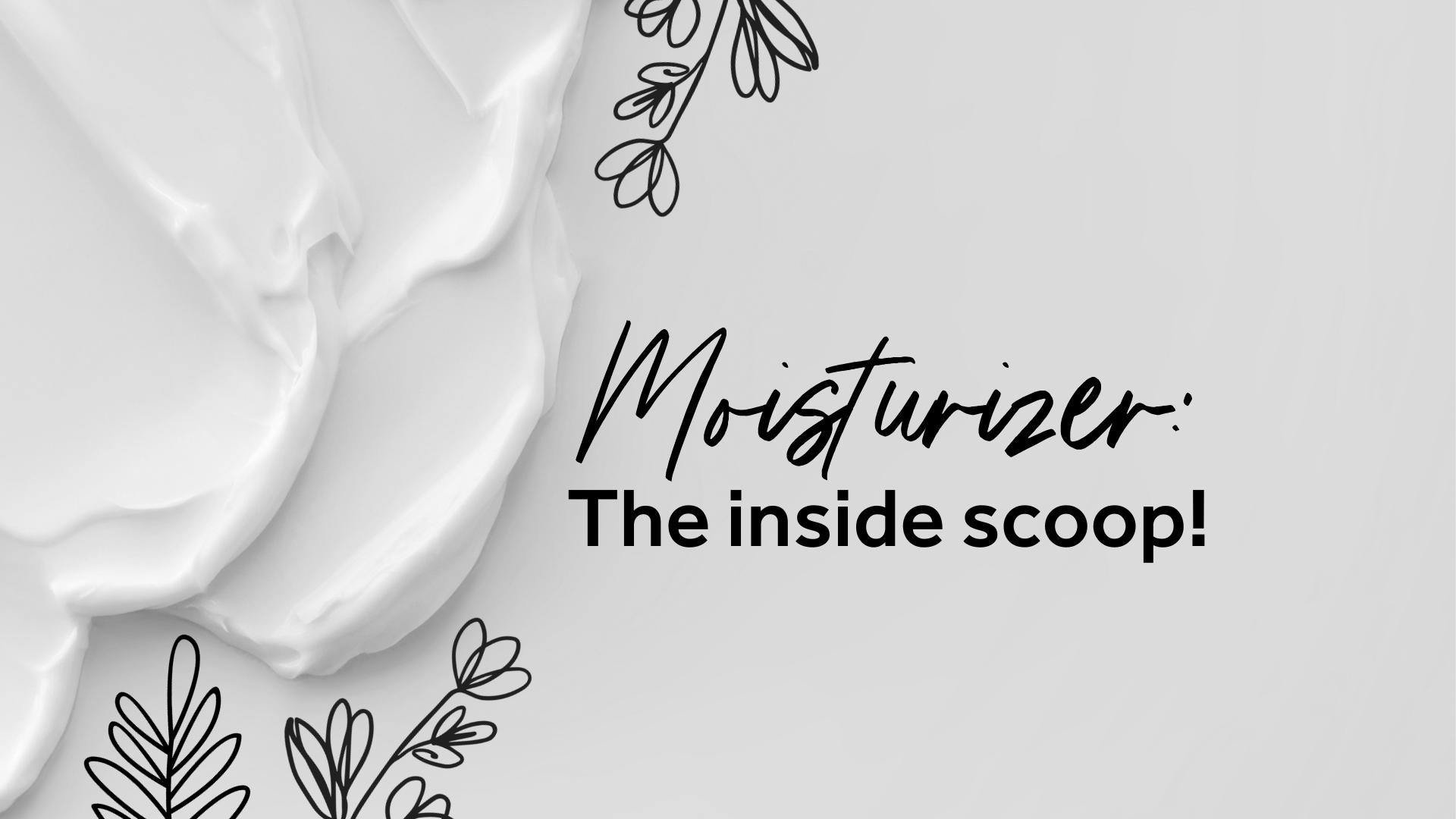
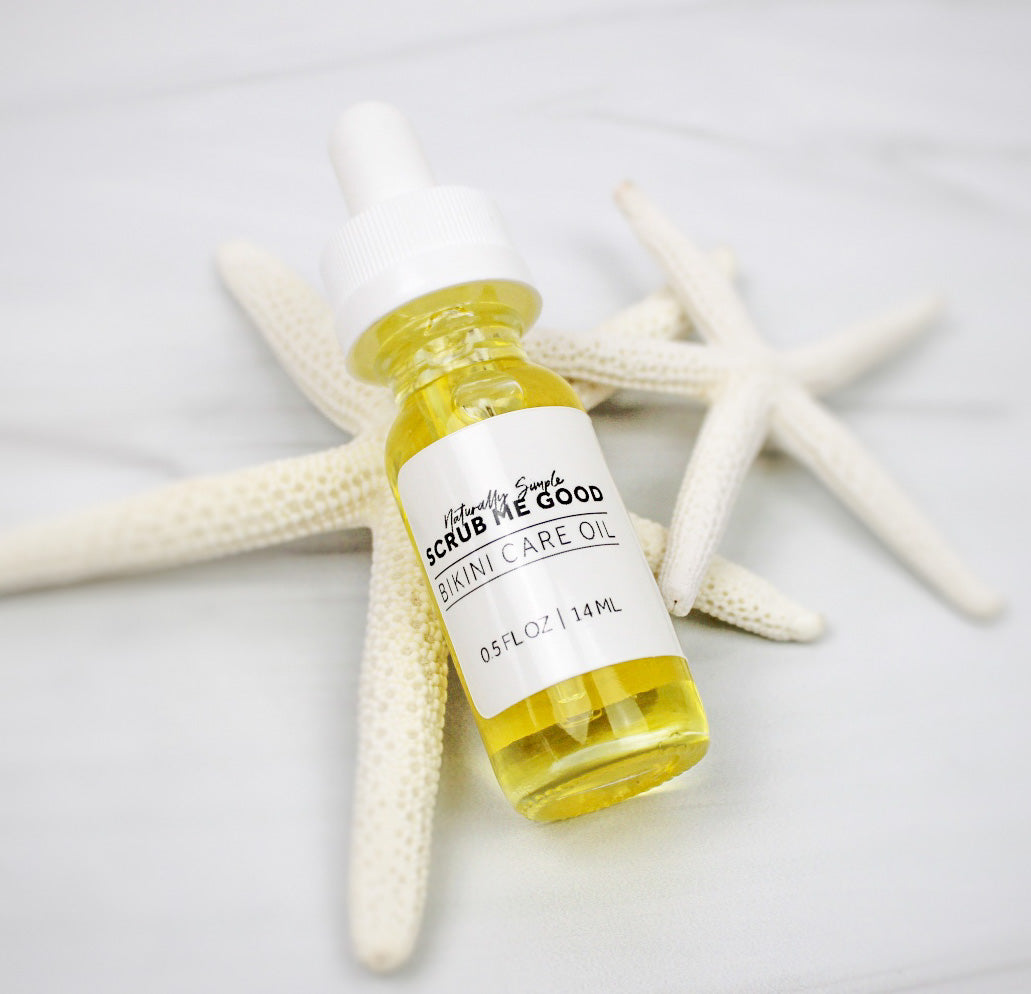
Leave a comment
This site is protected by hCaptcha and the hCaptcha Privacy Policy and Terms of Service apply.